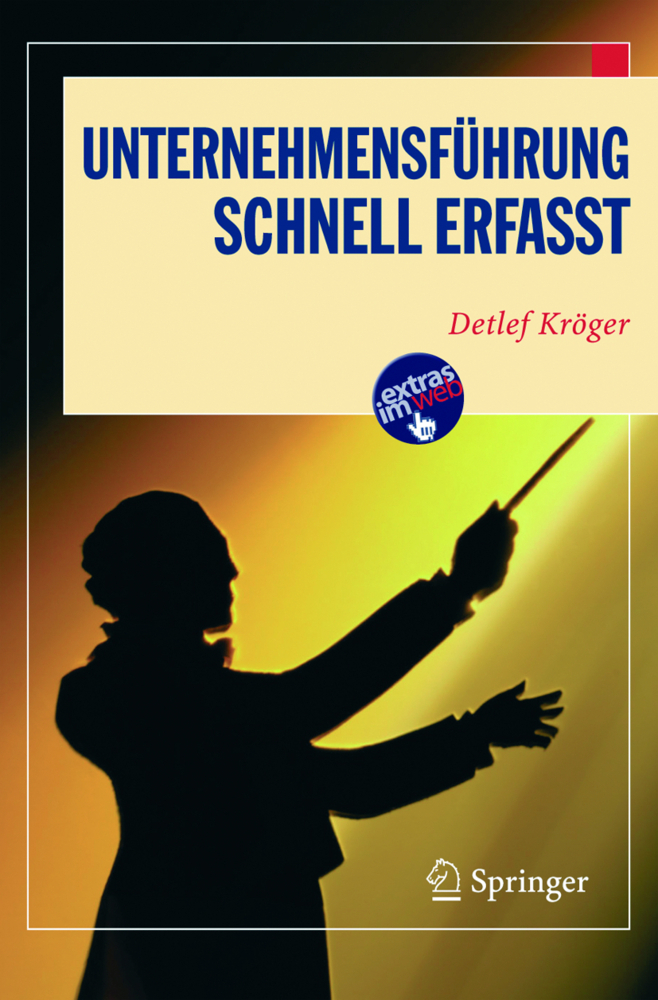Design Thinking Research
Extensive research conducted by the Hasso Plattner Design Thinking Research Program at Stanford University in Palo Alto, California, USA, and the Hasso Plattner Institute in Potsdam, Germany, has yielded valuable insights on why and how design thinking works. The participating researchers have identified metrics, developed models, and conducted studies, which are featured in this book, and in the previous volumes of this series.
Offering readers a closer look at design thinking, and its innovation processes and methods, this volume addresses the new and growing field of neurodesign, which applies insights from the neurosciences in order to improve design team performance.
Thinking and devising innovations are inherently human activities - and so is design thinking. Accordingly, design thinking is not merely the result of special courses or of being gifted or trained: it is a way of dealing with our environment and improving techniques, technologies and life in general. As such, the research outcomes compiled in this book are intended to inform and provide inspiration for all those seeking to drive innovation - be they experienced design thinkers or newcomers.
Professor Dr. Christoph Meinel (Univ. Prof., Dr. sc. nat., Dr. rer. nat., 1954) is Dean of the Digital Engineering Faculty of the Potsdam University and Director and CEO of the Hasso Plattner Institute for Digital Engineering gGmbH (HPI) and a full professor (C4) for computer science and serves as department chair of Internet Technologies and Systems at HPI. In addition he teaches at the HPI School of Design Thinking, he is an honorary professor at the Department of Computer Sciences at Beijing University of Technology and a guest professor at Shanghai University. Christoph Meinel is a research fellow at the Interdisciplinary Centre for Security, Reliability and Trust (SnT) at the University of Luxembourg. Meinel is a member of acatech, the German 'National Academy of Science and Engineering', and numerous scientific committees and supervisory boards.Together with Larry Leifer from Stanford University he is program director of the HPI-Stanford Design Thinking Research Program. He is scientifically active in innovation research on all aspects of the Stanford innovation method 'Design Thinking'. Christoph Meinel is author/co-author of 9 books and 4 anthologies, as well as editor of various conference proceedings. More than 400 of his papers have been published in high-profile scientific journals and at international conferences. He is also editor-in -chief of 'ECCC - Electronic Colloquium on Computational Complexity,' 'ECDTR - Electronic Colloquium on Design Thinking Research', the 'IT-Gipfelblog' and the tele-TASK lecture archive and openHPI.
Larry Leifer is professor of Mechanical Engineering at Stanford University, CA, USA. Dr. Leifer's engineering design thinking research is focused on instrumenting design teams to understand, support, and improve design practice and theory. Specific issues include: design-team research methodology, global team dynamics, innovation leadership, interaction design, design-for-wellbeing, and adaptive mechatronic systems. Dr. Leifer has taught Design Innovation for decades and continues to redesign the course ever year with new methodologies and technologies. Once a design student himself at Stanford University, he has started many design initiatives at Stanford including the Smart-Product Design Program, Stanford-VA Rehabilitation Engineering Center, Stanford Learning Laboratory, and most recently the Center for Design Research (CDR). A member of the Stanford faculty since 1976, his research themes include: creating collaborative engineering environments for distributed product innovation teams, instrumentating those environments for design knowledge capture, indexing, reuse, and performance assessment, and design-for-wellbeing, socially responsible and sustainable engineering.
1;Foreword;62;Contents;83;Introduction;103.1;1 Investigation of Design Team Performance;103.1.1;1.1 Identifying and Overcoming of Creativity Blocks;143.1.2;1.2 Orientation;153.1.3;1.3 The Applicability of Neuro Design Research;163.2;2 The HPI-Stanford Design Thinking Research Program;173.2.1;2.1 Program Vision and Goals;173.2.2;2.2 Road Map Through This Book;183.2.3;2.3 Outlook;193.3;References;204;New Approaches to Design Thinking Education;225;Accessing Highly Effective Performative Patterns;235.1;1 Introduction;245.2;2 The State of Play in Design Thinking Education;255.2.1;2.1 Design Thinking Learning Outcomes;255.3;3 Design-as-Performance: A Praxis Approach to DT Education;275.4;4 Theory of Performance;295.4.1;4.1 Defining Performative Patterns;295.5;5 Teaching Performative Patterns;315.5.1;5.1 Fundamental Units;325.6;6 Designing as Performance: Components, Elements, and Core Concepts;335.6.1;6.1 Media, Behaviors, and Frameworks for Performance;335.6.2;6.2 Accessing Highly Effective Performative Patterns;345.6.3;6.3 Formal Elements of Training Packages;345.6.4;6.4 Assessing Training Packages;375.7;7 Conclusion;385.8;Publication Bibliography;396;Designing a Synthesis MOOC: Lessons from Frameworks, Experiments and Learner Paths;426.1;1 Introduction;426.2;2 Course Design: Inspired by Frameworks and Experimentation;446.3;3 MOOC #2: General Results;476.4;4 Looking into Synthesis Paths;486.5;References;537;Reflective Tools for Capturing and Improving Design Driven Creative Practice in Educational Environments;557.1;1 Introduction;557.2;2 What Is Design Thinking?;567.3;3 The Design Process Versus the Creative Process;577.4;4 Measuring Design Driven Creative Practice;627.4.1;4.1 Background;627.4.2;4.2 Materials;627.4.3;4.3 Output;647.4.4;4.4 Conclusion;647.5;5 The Influence of Academic Settings on Design Driven Creative Practice;647.5.1;5.1 Background;647.5.2;5.2 Materials;657.5.3;5.3 Output;697.5.4;5.4 Conclusion;697.6;6 Conclusion;697.7;References;708;Augmenting Learning of Design Teamwork Using Immersive Virtual Reality;728.1;1 Introduction;728.2;2 Challenges to Design Team Learning;738.2.1;2.1 Lack of Exposure to Varying Context;738.2.2;2.2 Lack of Deliberate Practice;748.2.3;2.3 Lack of Appropriate Feedback Channels;748.3;3 Virtual Reality as a Medium to Augment Design Team Learning;748.4;4 Affordances and Limitations of VR;768.4.1;4.1 Affordances of VR for Simulating Design Teamwork;768.4.2;4.2 Limitations of VR for Simulating Design Teamwork;778.5;5 Prospective Case: Using VR for Augmenting Design Team Learning;778.6;6 Research Agenda to Realize the Promise of VR;788.6.1;6.1 Research Targeting the Fidelity of VR Teamwork to Real Teamwork;798.6.2;6.2 Research Targeting the Influence of VR Team Work on Participant Learning;798.6.3;6.3 Research Targeting the Conditions for Designing an Optimal VR Experience for Design Team Learning;808.7;7 Conclusion;808.8;References;809;Exploring Effective Team Interaction;8210;Hive: Collective Design Through Network Rotation;8310.1;1 Introduction;8410.2;2 Related Work;8610.2.1;2.1 Membership Change Brings New Insight to Teams;8610.2.2;2.2 Open Innovation and Crowdsourced Design;8710.3;3 Hive;8810.4;4 Network Rotation;8910.4.1;4.1 Constructing a Collaboration Network;9010.4.2;4.2 Optimization: Tie Strength and Network Efficiency;9110.4.3;4.3 Stochastic Search;9210.5;5 Field Experiment;9410.5.1;5.1 Method;9410.5.2;5.2 Results;9710.6;6 Field Deployment: Firefox Accessibility;10110.6.1;6.1 Method;10210.6.2;6.2 Results;10210.7;7 Discussion and Future Work;10610.7.1;7.1 Trading Off Local Effectiveness with Global Desirability;10610.7.2;7.2 Boundary Conditions of the Effectiveness of Network Rotation;10710.7.3;7.3 Limitations;10810.7.4;7.4 Design Implications;10910.7.5;7.5 Ethical Implications;11010.8;8 Conclusion;11010.9;References;11111;Towards Empirical Evidence on the Comprehensibility of Natural Langua
| ISBN | 9783030289607 |
|---|---|
| Artikelnummer | 9783030289607 |
| Medientyp | E-Book - PDF |
| Copyrightjahr | 2019 |
| Verlag | Springer-Verlag |
| Umfang | 308 Seiten |
| Sprache | Englisch |
| Kopierschutz | Digitales Wasserzeichen |











